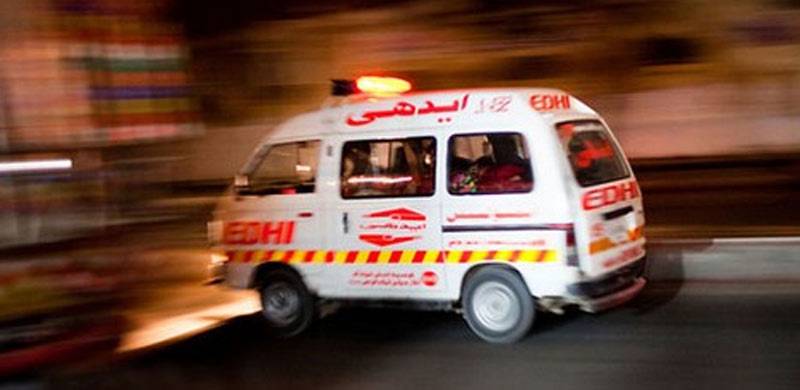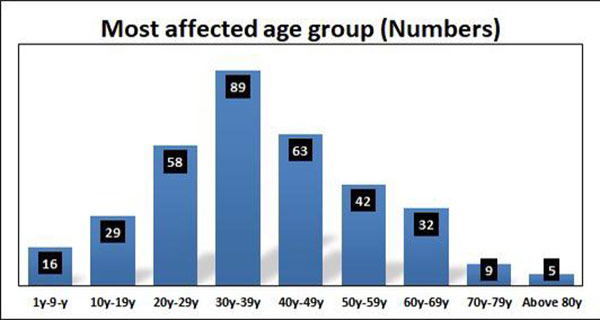
As Coronavirus cases tally continues to rise, Islamabad authorities are trying to understand what age groups are at greater risk of infection.

According to the statistics released by the deputy commissioner office on Saturday, the people aged between 30 and 39 years are worst affected by the COVID-19 pandemic.
As many as 89 Islamabad residents from this age group have contracted Coronavirus.
Residents aged between 40 and 49 are the second most affected group with 63 confirmed Coronavirus cases. The disease has affected 58 persons aged between 20 and 29 years. 42 persons aged between 50 and 59 are also affected by COVID-19.
The Coronavirus pandemic has so far affected 343 residents in Islamabad, i.e., 1.71 percent of the total population of the city.

When asked why so many youngsters are contracting the virus, Islamabad Deputy Commissioner Hamza Shafqat said that it is happening because they are careless. They are always out and don’t follow the social distancing policy. They don't wear masks and don't wash hands regularly enough.
71 percent of those affected are men while the remaining 29 percent are women.

According to the statistics released by the deputy commissioner office on Saturday, the people aged between 30 and 39 years are worst affected by the COVID-19 pandemic.
As many as 89 Islamabad residents from this age group have contracted Coronavirus.
Residents aged between 40 and 49 are the second most affected group with 63 confirmed Coronavirus cases. The disease has affected 58 persons aged between 20 and 29 years. 42 persons aged between 50 and 59 are also affected by COVID-19.
The Coronavirus pandemic has so far affected 343 residents in Islamabad, i.e., 1.71 percent of the total population of the city.

When asked why so many youngsters are contracting the virus, Islamabad Deputy Commissioner Hamza Shafqat said that it is happening because they are careless. They are always out and don’t follow the social distancing policy. They don't wear masks and don't wash hands regularly enough.
71 percent of those affected are men while the remaining 29 percent are women.
